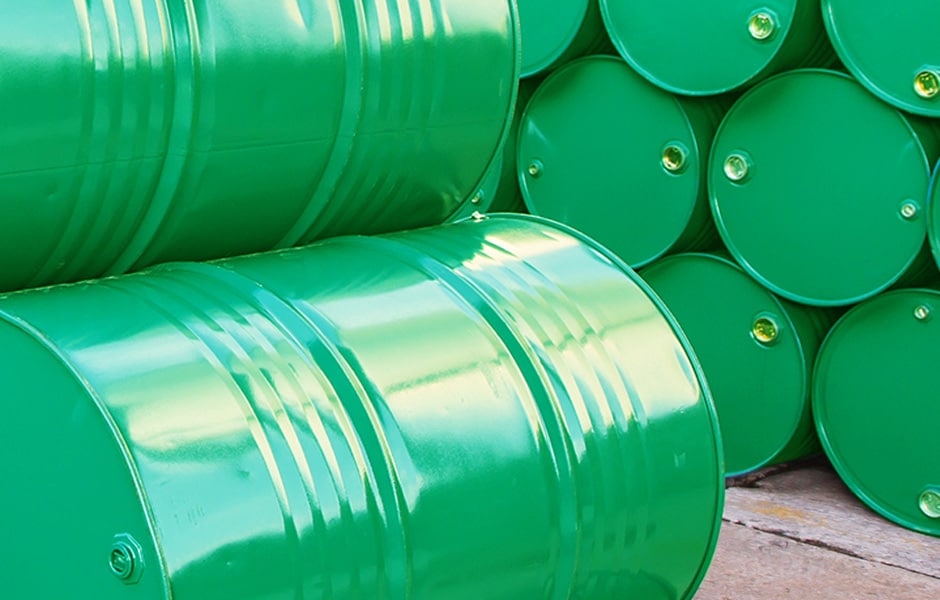A supply shortage in feedstocks used to produce cleaner road, rail and air transportation fuel could be exacerbated in the European Union (EU), one of the world’s largest markets for biofuels, by growing demand stoked in large part by stricter environmental policies in the region.
The mandated demand for renewables under the latest iteration of the Renewable Energy Directive (RED III) necessitates the production of advanced products such as Renewable Diesel as this enables the suppliers to blend beyond the aforementioned B7 limits.1 A similar situation is occurring for Sustainable Aviation Fuel, where a growing share of jet fuel sales must be made from renewable sources. This continued increase in demand for renewables across all transport sectors, spearheaded by biofuels, is creating a supply crunch in the supply of feedstocks.
Higher demand from hydrotreating biofuel producers is creating potential supply disruptions on the feedstock side with many producers chasing the high-cost waste and residue feedstocks compared to the cheaper crop-based alternatives. The more advanced transport fuels, such as Sustainable Aviation Fuel or Renewable Diesel, are where some of the supply tightness is occurring with producers chasing many of the same feedstocks. Many of these feedstocks have risen sharply in the price in the past couple of years or so, according to industry analysts.
The uncertainty over feedstock supply, which is likely to put further pressure on biofuel profit margins, combined with goals to decarbonize are elevating price volatility, leading to potentially higher volumes in Soybean Oil futures and options at CME Group and other related products.
The latest Argus Media report shows that total European biofuel consumption is expected to reach around 30.6 billion litres in 2025, up 10% from 2024.2 In the latest iteration of the Renewable Energy Directive, RED III, the cornerstone of the EU’s environmental policies for biofuels, sets a renewable energy target of 42% by 2030. For the first time there is a specific blend target for Renewable Fuels from Non Biological Origin (RFNBO), which includes the use of renewable hydrogen and e-fuels. In the transportation sector, it sets a target of 29% for renewable energy and a 14.5% reduction in greenhouse gas (GHG) intensity. The overall energy target under RED III has increased from 32% to 42.5% compared with RED II, but the target date for implementation has remained at 2030.
